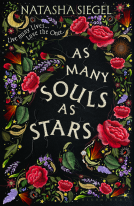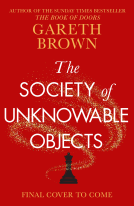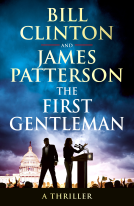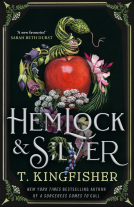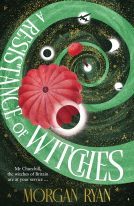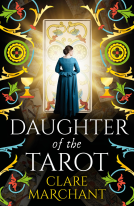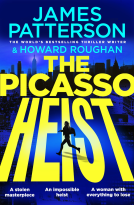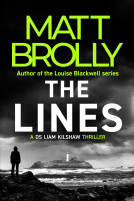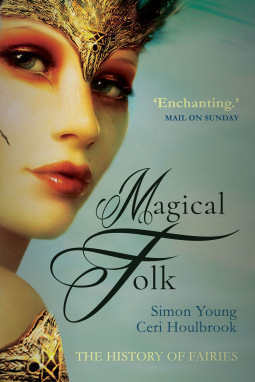
Magical Folk
The History of Real Fairies , 500AD to the Present
by Simon Young; Ceri Houlbrook
This title was previously available on NetGalley and is now archived.
Send NetGalley books directly to your Kindle or Kindle app
1
To read on a Kindle or Kindle app, please add kindle@netgalley.com as an approved email address to receive files in your Amazon account. Click here for step-by-step instructions.
2
Also find your Kindle email address within your Amazon account, and enter it here.
Pub Date 2 Nov 2023 | Archive Date 6 Nov 2023
Gibson Square Books | Gibson Square
Talking about this book? Use #MagicalFolk #NetGalley. More hashtag tips!
Description
Advance Praise
- MAIL ON SUNDAY ‘Enchanting.’ MAIL ON SUNDAY (31 Dec) Irish Mail on Sunday (25 Feb)
- SUNDAY TELEGRAPH ‘Engaging and authoritative… British fairies, it turns out, are classic eccentrics.’
- LITERARY REVIEW ‘Detail on local mythology… sparkling.’
- GLASGOW HERALD ‘A big insight into the lives of little people… provocative.’
- INDEPENDENT ‘A gazetteer of myths, legends, and sightings.’
- FORTEAN MAGAZINE ‘Perfect… exciting.'
- YORKSHIRE POST ‘The whole story of the little (and not so little) folk.'
Marketing Plan
Instagram, podcast, radio and TV interviews
Instagram, podcast, radio and TV interviews
Available Editions
| EDITION | Paperback |
| ISBN | 9781783341023 |
| PRICE | US$16.95 (USD) |
| PAGES | 256 |
Available on NetGalley
Featured Reviews
 Mary H, Reviewer
Mary H, Reviewer
A truly wonderful guide to fairies, whether for example they are called pixies, elves or fairies, the title magical folk includes all names. The history of fairies is stated, and also the fact that fairies are still seen today, not just in celtic lands like Ireland but in London. A useful store of information gathered on the subject of magical folk.
This book brings together a delightful mix of introductions and scholarship on the subject for the enjoyment of anyone interested in folklore. And thanks to the incredible innovation of digitization, we can now uncover these stories and others like them that were previously hidden away in printed works, which have been scanned and stored online. This technological advancement is revolutionizing the study of the British and Irish supernatural. It has unearthed a collection of fascinating individuals whose lives intertwined with the fairies, and we wouldn't have known their stories without digitization.
If digitization is a treasure trove for fairylore, there's another captivating aspect: contemporary fairy sightings. The Fairy Census is an ongoing worldwide online survey where people share their wildest and most intimate experiences with fairies. These enchanting encounters continue to occur even today, both in England and along the Celtic fringe.
Fairies have undoubtedly evolved throughout history, as evident in the findings from the Fairy Census. We have accounts of British and Irish fairies dating back to Roman times. In the Middle Ages, there were elves, gnomes, and trolls in Germanic and Celtic Europe, and Shakespeare's England had child-sized, light-carrying, musical fairies. Interestingly, the concept of fairy wings only emerged at the end of the eighteenth century through the imaginations of British artists, rather than being rooted in traditional folklore. Furthermore, all the medieval and Elizabethan records of fairies describe them as human- or child-sized beings.
The fairies were so potent and awe-inspiring that their human neighbors referred to them as the "Good People" or "the Gentry" to avoid irritating these morally ambivalent, unpredictable beings. Meanwhile, fairies would often play tricks, cause havoc, and, in some instances, even commit murder or kidnapping among human populations.
To put it simply, traditional fairies are magical humanoid beings who reside exclusively in Britain, Ireland, and the lands settled by British and Irish migrants. Other regions have their own magical beings with distinctive characteristics, such as "fée" in France, "fata" or "fada" in Southern Europe, "maitagarri" among the Basques, and "keijukainen" in Finland. These fairies are magical in the sense that they defy the laws of physics; they can fly through the air, appear and disappear at will, manipulate time, and transform their surroundings with a mere wave of their hands. And, most importantly, they are very much alive, not mere ghosts.
The fairies in different regions also possess distinct habits, traits, and physical appearances. For instance, it was noted that fairies, particularly in Britain and Ireland until recent times, had a mischievous tendency to snatch babies and replace them with fairy impostors who resembled the stolen child. This is known as the changeling tradition.
Indications that fairies have been provoked include inexplicable and sudden breakages, spoiled milk, rapidly decaying food, and a streak of ill fortune. Similarly, the mysterious disappearance and subsequent reappearance of shiny objects, or objects vanishing and returning in the same location, may hint at the presence of fairies. In an effort to appease these enchanted beings and encourage the swift return of missing items, some individuals offer bread dipped in milk or honey, accompanied by apologies in instances where the fairies might have been offended.
For example, one tried and true method to dispel a pixy-spell is to turn one's pockets inside out in the hope that the mischievous pixies will vanish. Legends recount the expulsion of a group of fairies from a county by the sound of church bells, as they are believed to act as fairy disinfectants. Alternatively, carrying stale bread in one's pocket is said to keep them at bay.
Overall, this book serves as a valuable repository of information gathered on the enchanting realm of magical folk. Personally, I found the stories captivating, brimming with delightful intricacies. The writing style maintains a well-paced and structured narrative, making it all the more engrossing.
Readers who liked this book also liked:
President Bill Clinton; James Patterson
General Fiction (Adult), Mystery & Thrillers

